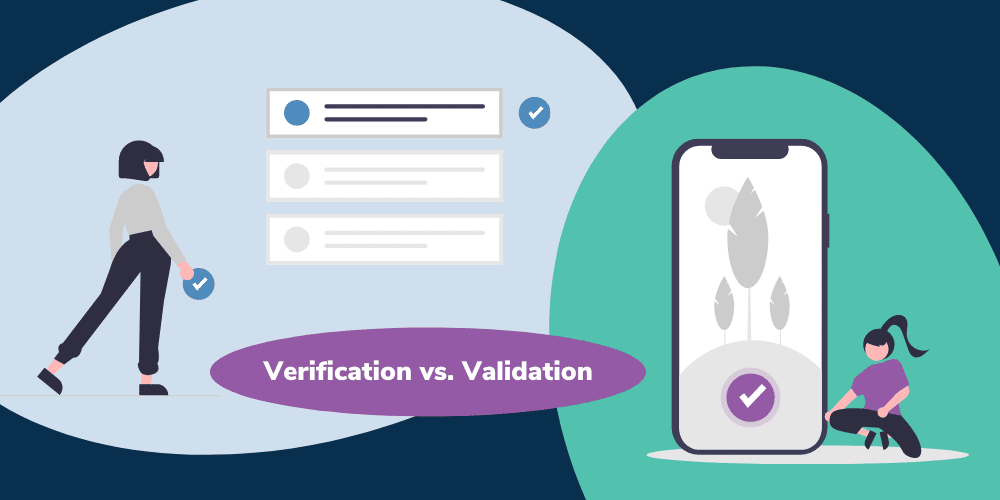Software testing is an essential part of software development, and it is crucial to ensure that the software meets the requirements and is of high quality. Verification and validation are two crucial components of software testing, and they play a crucial role in ensuring the quality of software. In this blog, we will discuss what verification and validation are and how to implement them in your software testing process.
What is Verification and Validation in Software Testing?
Verification and validation are two essential components of software testing, and they are used to ensure that the software meets the requirements and is of high quality. Verification refers to the process of checking if the software meets the specifications and requirements. It is focused on ensuring that the software is built correctly, and it involves activities such as design reviews, walk-throughs, and inspection.
Validation, on the other hand, refers to the process of checking if the software meets the needs of the customer. It involves testing the software to ensure that it functions as intended and meets the customer’s needs. Validation is focused on ensuring that the software works correctly and meets the customer’s needs.
Why is Verification and Validation Important in Software Testing?
Verification and validation are important in software testing because they help to ensure that the software is of high quality and meets the requirements and needs of the customer. By verifying and validating software, you can catch defects early in the development process, which can save time and money in the long run.
Verification and validation also help to ensure that the software meets the needs of the customer. By validating the software, you can ensure that it functions as intended and meets the customer’s needs. This can help to improve customer satisfaction and reduce the risk of customers returning the software due to defects.
How to Implement Verification and Validation in Your Software Testing Process
1. Develop a Test Plan
The first step in implementing verification and validation in your software testing process is to develop a test plan. The test plan should include a description of the testing activities, the resources required for testing, the schedule for testing, and the risks associated with testing.
2. Use Formal Verification Techniques
Formal verification techniques, such as design reviews and walk-throughs, can help to ensure that the software meets the specifications and requirements. During a design review, the software design is reviewed by a team of experts to ensure that it meets the specifications and requirements. During a walk-through, the software is reviewed by a team of experts to ensure that it meets the specifications and requirements.
3. Use Test-Driven Development
Test-driven development is a software development process that involves writing tests before writing the code. This process helps to ensure that the code meets the specifications and requirements and is of high quality.
4. Use Automated Testing Tools
Automated testing tools can help to ensure that the software meets the specifications and requirements and is of high quality. Automated testing tools can be used to test the software automatically, which can save time and improve the accuracy of the testing process.
5. Use Continuous Integration and Continuous Deployment
Continuous integration and continuous deployment are software development processes that involve continuously integrating and deploying the software. This process helps to ensure that the software is of high quality and meets the requirements and needs of the customer.
Conclusion
Verification and validation are two essential components of software testing, and they play a crucial role in ensuring the quality of software. By verifying and validating software, you can catch defects early in the development process, which can save time and money in the long run. By using formal verification techniques, test-driven development, automated testing tools, and continuous integration and deployment, you can implement verification and validation software testing process effectively.
